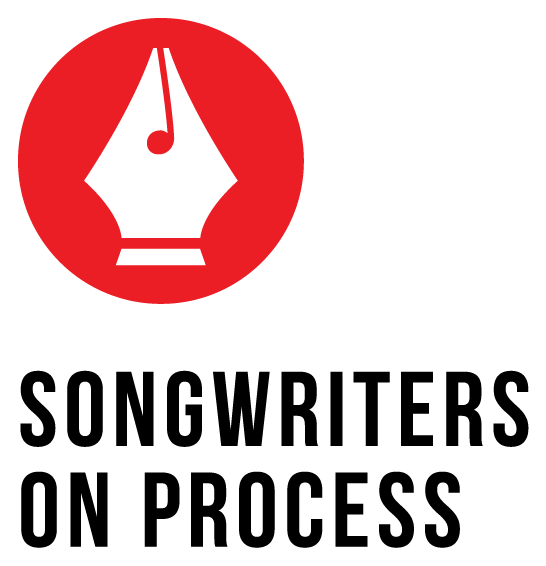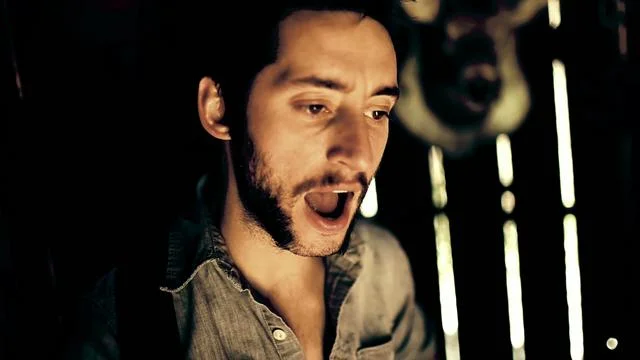One of the things I always ask writers to do here is describe their ideal writing environment, where they would be the most productive. Most mention someplace scenic, whether it’s the water, the woods, or high above a landscape looking down. Whatever it is, it’s a place of beauty.
Then there’s Hutch Harris of The Thermals, the anti-hero of the picturesque writing environment. Whatever is in front of him, it’s probably too much. He doesn’t want the sea, the trees, a gazebo, or a bay window. He wants nothing. Just white walls. Anything else is a distraction. That’s why I told him that if he ever does time, he could write The Great American Novel. Or if he ever becomes a monk, that would also work.
Read More










